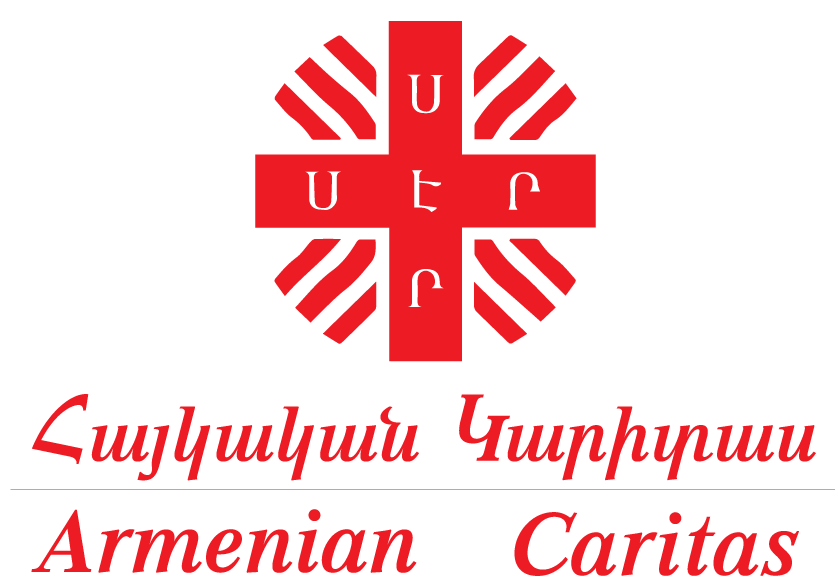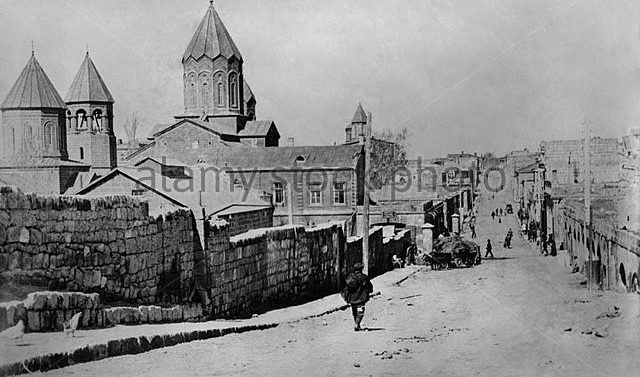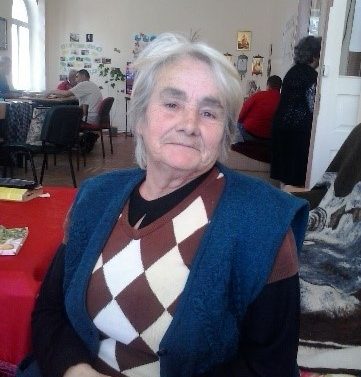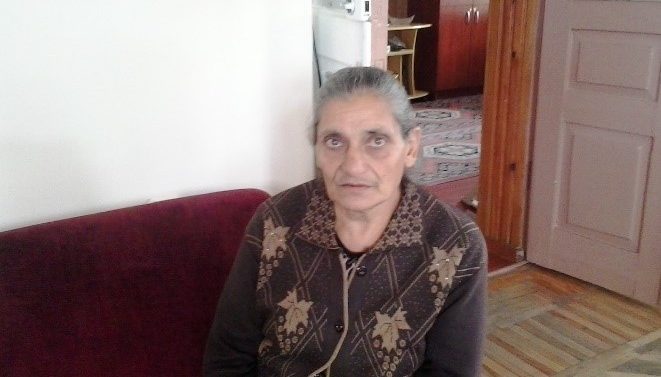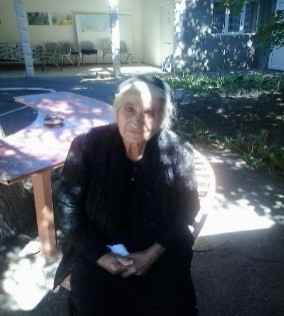25Oct
Disaster Preparedness as a First Step to Sustainable Development(joint project in Armenia and Georgia by Caritas Romania)
Project Duration: 01.10.2016 – 30.09.2017
Location: Arapi, Voskehask, Jajur (Shirak province)
Background: Armenia and Georgia are both prone to different types of natural disasters, the most important amongst them floods, earthquakes and landslides. Maybe the best known example of disasters in the province is the Spitak earthquake from 1988, which killed about 25.000 persons. Disasters happen frequently affecting large groups of the population and causing important damages in infrastructure (transportation infrastructure,
